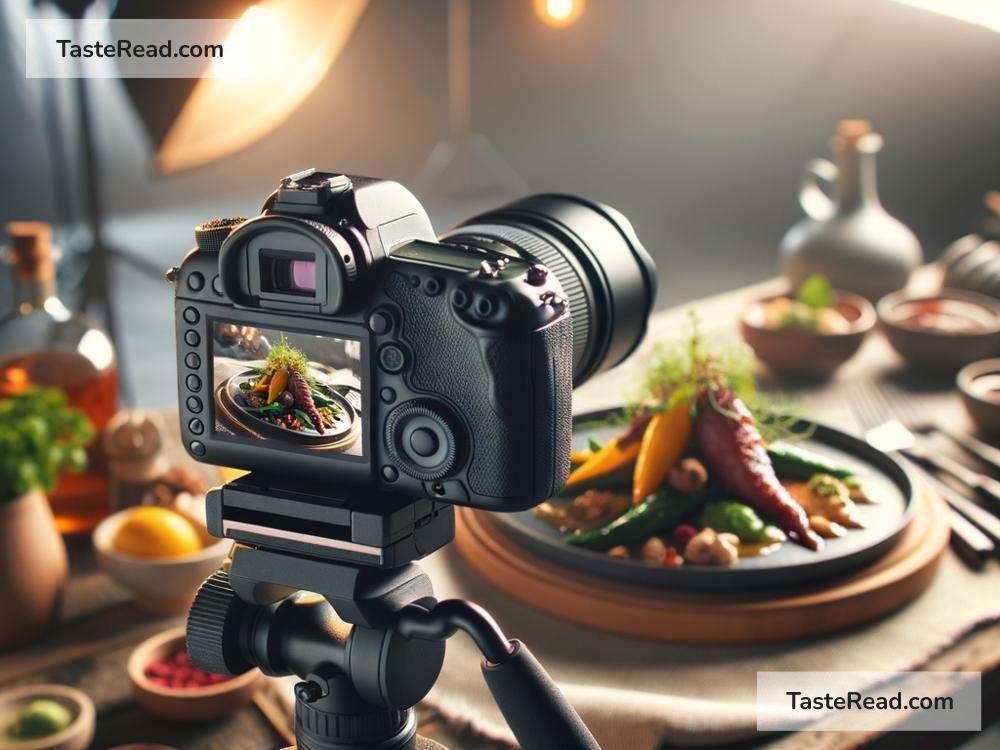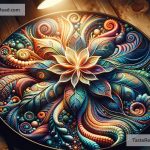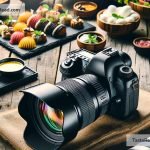Essential Tools and Gear for Professional Food Photography
In the vibrant world of food photography, capturing the essence, texture, and appeal of food requires more than just a good camera. To truly bring dishes to life, photographers integrate a blend of artistry and technical prowess, achieved through an essential toolkit designed precisely for the culinary photography domain. Let’s explore the must-have tools and gear for anyone looking to excel in professional food photography.
1. A High-Quality Camera
The heart of any photographer’s gear is their camera. For food photography, DSLR and mirrorless cameras offer the flexibility, quality, and control needed to produce stunning images. These cameras provide the capability to adjust settings such as aperture, shutter speed, and ISO, giving photographers the ability to adapt to any lighting condition and shoot in high resolution.
2. Versatile Lenses
When it comes to lenses, having a variety is key. A macro lens is essential for capturing close-up shots with exquisite detail, perfect for showcasing the texture of a dish. A 50mm or 85mm prime lens, on the other hand, is great for taking beautifully blurred background or ‘bokeh’ effects, making the food the star of the show.
3. Tripod
A sturdy tripod is a non-negotiable tool in food photography. It keeps the camera stable, ensuring sharp, clear images, and allows the photographer to shoot with slower shutter speeds or in low light conditions without worry. A tripod also enables consistency in your shots, which is particularly important when creating a series of images that need to match.
4. Lighting Equipment
Natural light can produce beautiful food images, but relying solely on it can be limiting. To have complete control over the lighting, professionals use artificial lighting setups. A softbox is particularly useful as it diffuses light, reducing harsh shadows and glaring highlights, thereby softly illuminating the dish. Reflectors are also handy, bouncing light back onto the subject, filling in unwanted shadows for a more balanced exposure.
5. Diffusers and Reflectors
Diffusers and reflectors are invaluable for managing light. Diffusers soften the light, whether it’s the harsh midday sun or bright artificial lights, providing a gentle illumination that highlights the best features of the food without overpowering it. Reflectors, meanwhile, can be used to bounce light into shadow areas, subtly lifting the overall exposure for a more appealing shot.
6. Backgrounds and Surfaces
The background and surface upon which food is shot greatly influence the photo’s mood and feel. Investing in a variety of textures and colors – from rustic wood to sleek marble or simple solid-colored papers – allows for creative flexibility. Interchangeable backgrounds can instantly transform the vibe of a photo, from cozy and warm to modern and minimalist.
7. Props and Styling Tools
Props add context and interest to food photography. Items like cutlery, napkins, cooking utensils, and ingredients related to the dish can add a story to your images, making them more engaging. However, it’s essential to choose props that complement rather than distract from the main subject – the food. Additionally, small styling tools such as tweezers, brushes, and spray bottles for water can help in finetuning the dish’s appearance, making it look fresh and appetizing.
8. Photo Editing Software
Capturing the photo is only part of the process; post-production plays a crucial role in achieving the final look of your images. Software like Adobe Photoshop and Lightroom offers powerful editing features to adjust color, contrast, sharpness, and do much more to enhance the overall quality of your photos.
To achieve success in food photography, it’s not just about having the right gear; it’s also about understanding how to use these tools effectively to express your creative vision. Each piece of equipment, from your choice of camera and lens to the selection of props and backgrounds, plays a pivotal role in the storytelling of your culinary captures. By investing in and mastering these essential tools, you equip yourself with the ability to transform ordinary dishes into extraordinary photographic masterpieces, making your work not just seen but felt and virtually tasted. So, embrace these tools, practice incessantly, and watch as your food photography portfolio becomes a feast for the eyes.


